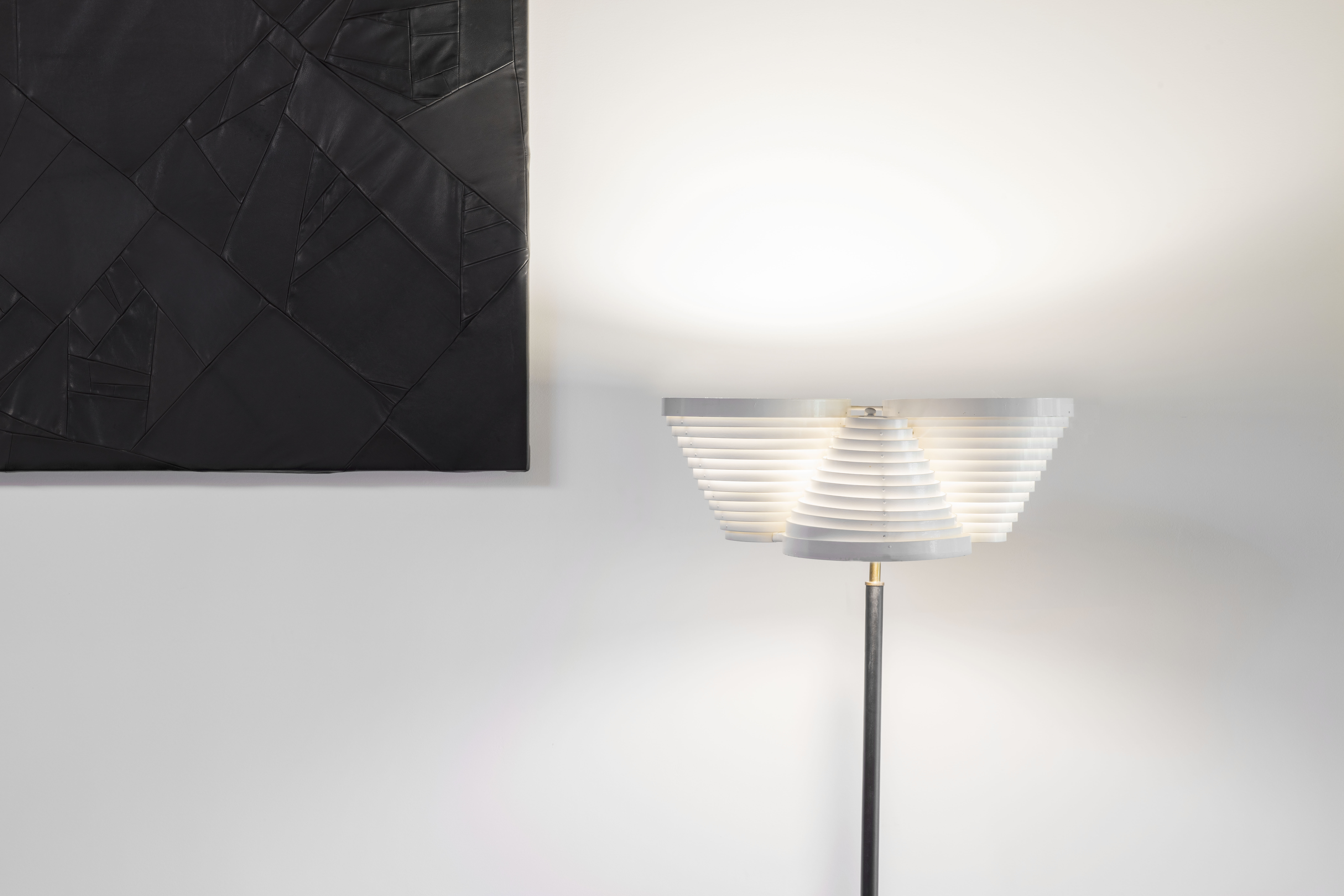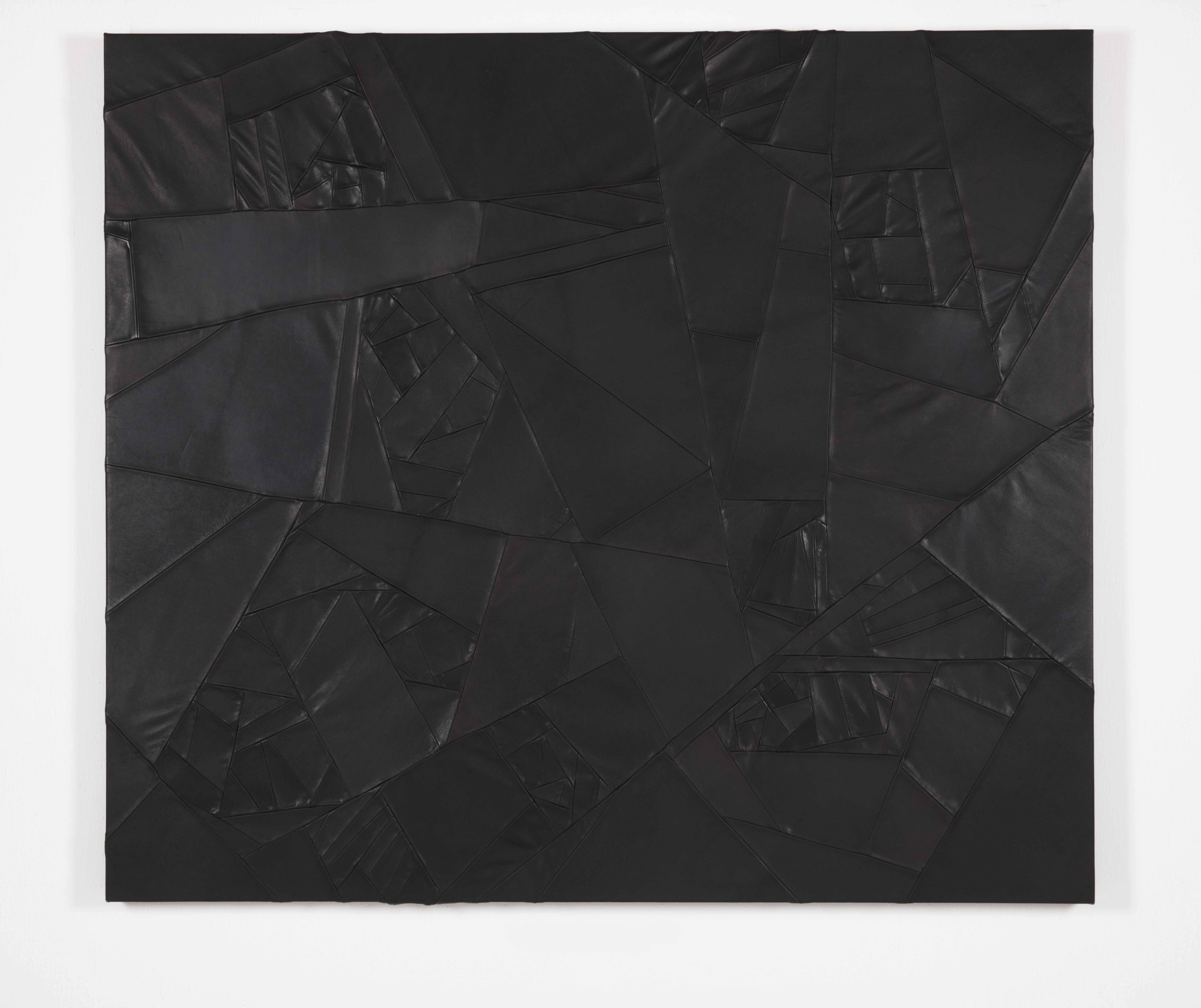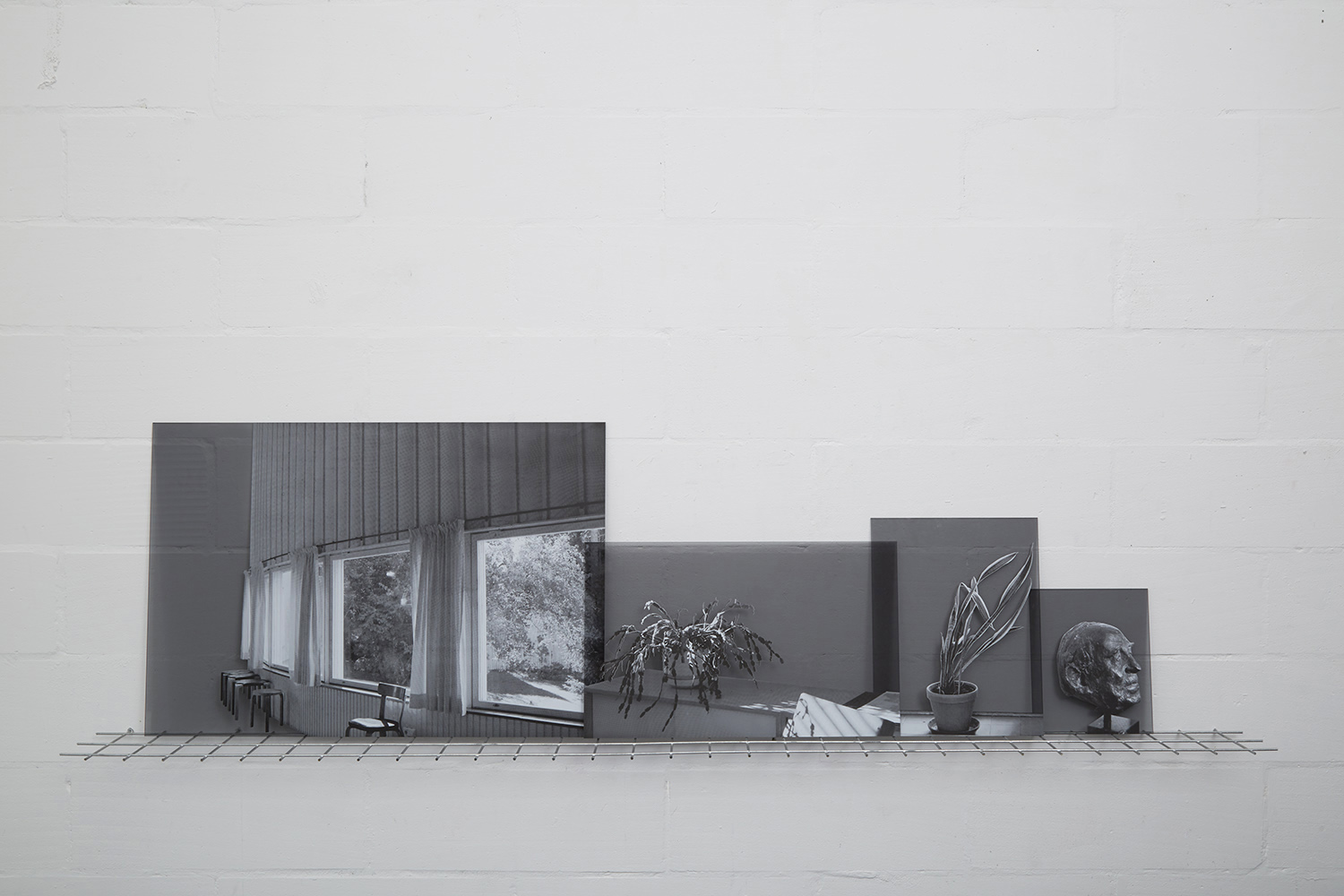29 Apr 2019
Interview
CAITLIN YARDLEY REPHRASING COLLECTIONS

Caitlin Yardley, Mobile Composition, 2017, Maison Louis Carré, France
Known for her research and installations in museums, artist Caitlin Yardley questions the way we look at museums and the objects they display.
AA: Narratives and objects inhabit the intersection of the social and the personal. Do you consider the individual stories of objects in your work, such as the object within a family’s history, for example?
CY: A number of my projects working with collections and archives have found their beginnings in a single object and my pursuit of that object’s origins and connections. Often that object leads me outside of the collection it is housed within and begins to link to wider narratives and associations. These outside journeys often then become a useful lens through which to look back on the original object and form a new understanding of it and its position within the archive/collection/institution that contains it.
My practice tends to circle back on itself while pulling in new content, so this looping process also influences the way that I work with material. It is also helpful to collide personal narrative with the objects or biographies at hand, which is useful as a way of levelling the field and avoiding being too precious when working with constructions of legacy and monument.
AA: How do you consider the social aspect of collections in your work? Some people and narratives are not included in the collection scope and policies of museums and other institutions.
CY: Sadly, the specificity of collections too often reflects the inequalities of their time and cultural context. The way they are presented today may make attempts to cover over or ignore these limitations – but omissions, absences, gaps and less visible narratives are increasingly being subjected to critical review. Archives are different in that they usually consist of both objects and ephemera in a less edited form – so there is often a less cautious paper trail and it is possible to unfold and reveal agendas and intentions in a less speculative way.
I find the idea of negative space really useful as a visual and conceptual way of thinking about history and absence. Also, the use of fragmentation can make space for multiple subjectivities.
We know that history is often represented and arranged in singular, linear or fixed ways, and this is made evident through the endless use of limiting devices such as the timeline, as well as the seductive theatre of display. I think it is important to underline what the institutional archive or collection is. It is essentially a container, and its volume and contents are often hard to define beyond what is made visible. This is where museum policy that promotes open access to independent research or actively initiates artist intervention and response is valuable.
Exterior A was a video work I made in an attempt to examine the material surface of an archive. In this instance the site of the archive was a house, and through encircling its exterior I was trying to evidence the moment of proximity to, but physical exclusion from, content. The work was made as a means of visualising the initial resistance of research to reveal itself at the point of encounter, while tracing and describing the limits of its physical form.

Caitlin Yardley, Exhausted Life, 2017, quilted aniline goatskin, 142 x 161 cm
AA: Collections tell us a lot about who we are and what we value as individuals, society and as a generation. By researching and rephrasing collections, are you trying to twist the narrative?
CY: I don’t believe there is ever a singular narrative. And it is in aiming to pin down and fix a clear narrative that we obscure our vision and we return to limiting ideas of memorial, legacy and the fetishised object. History should be continually redressed and revised, as we seek new understanding and increasingly wider perspectives.
I often use a strategy of peripheral vision when working with a collection or archive. I really like the idea of looking at something while simultaneously acknowledging its connection to something else. That something else – that connection – is perhaps not always a real or obvious connect; it is made simply because I can see or think about both things at once. This often leads me somewhere unexpected and new. As a working methodology, it also acknowledges that research is often partial and fragmented – but embraces that reality as something that can be used.
AA: Culture teaches us how to relate with objects. Can rearranging the objects create new relationships between the viewer, the artist, and the objects?
CY: Thinking about the object also as a kind of fragment is helpful. It can then be used to speak to its origins and context directly or taken outside of this and re-contextualised. There is a flatness to the convening of fragments that helps to retain a focus on the assembled nature of history. I try to work with media and processes in my practice that speak to this idea of assemblage and collision and hope that it provokes an engagement with history and ideas in a very particular way. For example, my recent work employed crazy quilting, a historical process of fragmented quilting that I used to create surfaces to the same scale as a now dispersed collection of paintings. I see a relationship between quilting and painting, as both are concerned with the arrangement of material and surface, which can be used to assemble, reconvene and engage with history. They share pictorial and compositional problems and also generally a sense of domestic scale. Similarly, I also work with video editing for its relationship to a process of collage.
AA: Do you believe that your work could transform the meaning of objects? Is that important to you?
CY: I hope that the work speaks to ideas of meaning being always slippery and contingent. I am also aware of the limitations of my own research abilities and inability to at times overcome my own personal subjectivity – but I think the work reveals that too. I am not a historian and am trying to subject the art object and research process to the same ideas of assemblage as those found in the collection or archive.
I move about in terms of the medium I work in but come from beginnings in painting, so that is a dominant factor in how I think about things. I am always interested in surface, perception and arrangement. Arrangement is increasingly a focus as the proximity and distance between things is where those aforementioned gaps lie – the negative space.
The way that an object / image / idea is used or presented can certainly transport how we understand it. It is my intention to create a new way of thinking about the meaning of whatever it is I am looking at; sometimes this might transform the object – but only if the viewer comes with me on the journey.

Caitlin Yardley, XYZ, 2015, silkscreen on perspex, galvanised steel
AA: Did you have a passion for collecting things in your childhood or youth?
CY: My Mum often remarked when we left the house that I always brought the ‘whole kit and caboodle’ with me, which I have come to know refers to bringing an entire collection of things. These days I try to carry around much less, but I am certainly a collector! I am deeply interested in the objects and materials that come to furnish our lives and how they connect the personal and local with much wider social histories and narratives.
I have always been fascinated with the practices of biography, documentary and museology and the ideas of ‘completeness’ and ‘objectivity’ that we associate with them. Researching in collections and archives is a way to work closely with these practices and continually rethink their value.
I am also fascinated with the relationship between the art and non-art object, and have a history of working closely with the domestic design and applied art object. These objects come from a different intention of making and have a different relationship to circulation. This movement is one of the ways that I access the worlds that objects move through and inhabit.
There is also something really compelling, for me, in the repetition of a single object – I own eleven Aalto vases, for example. They start to become almost sinister when you notice them recurring around a space.
Read more:
